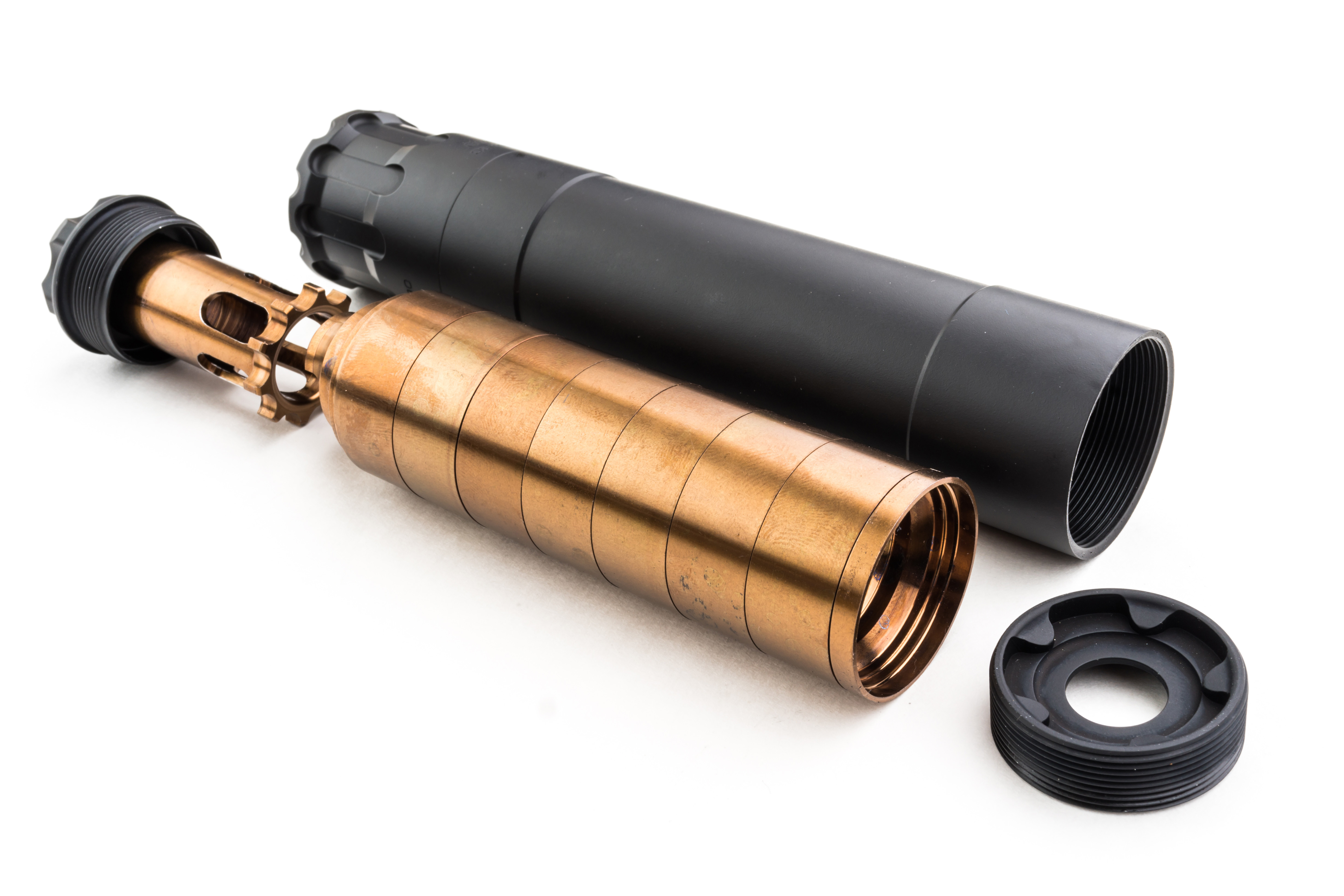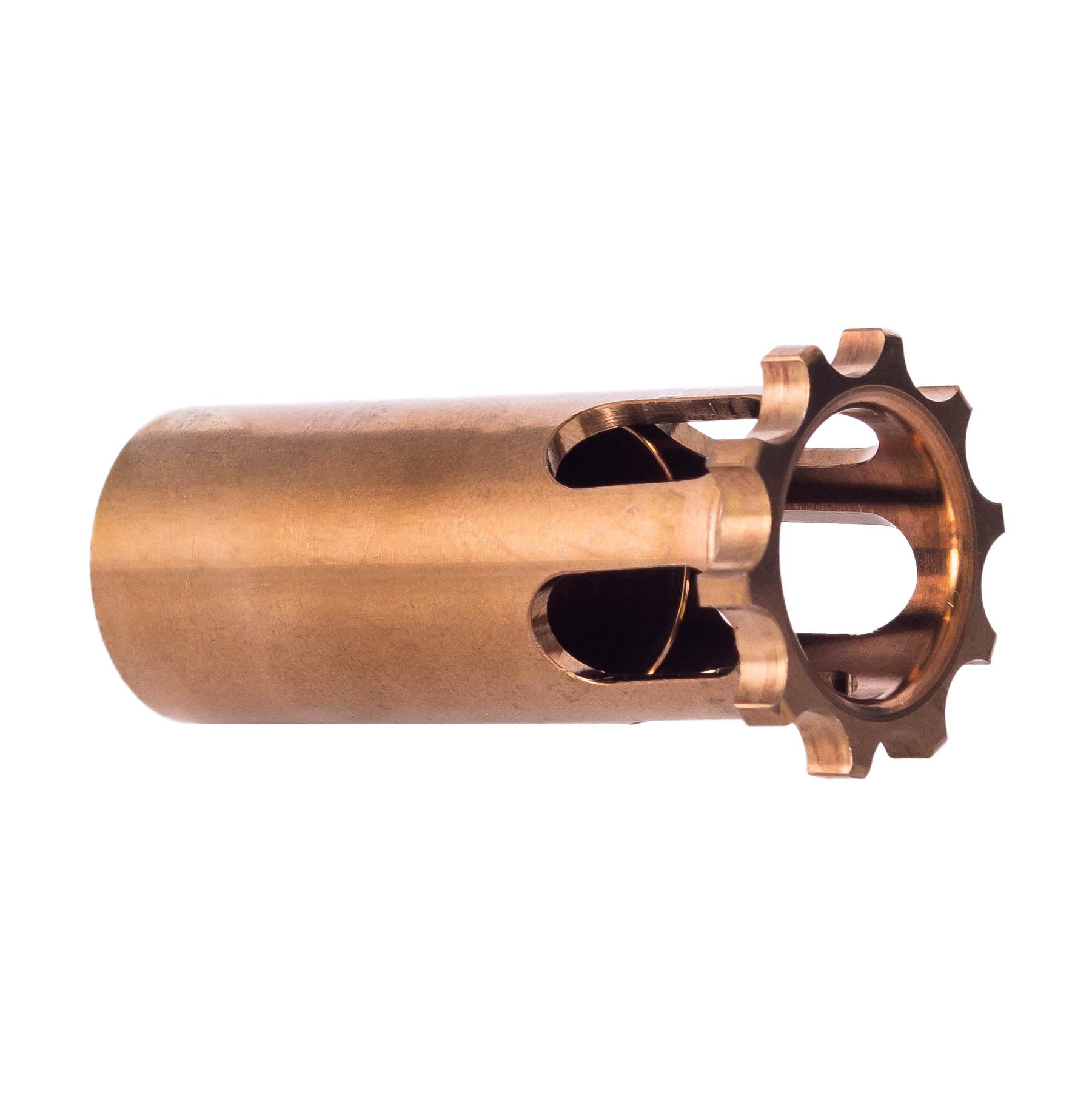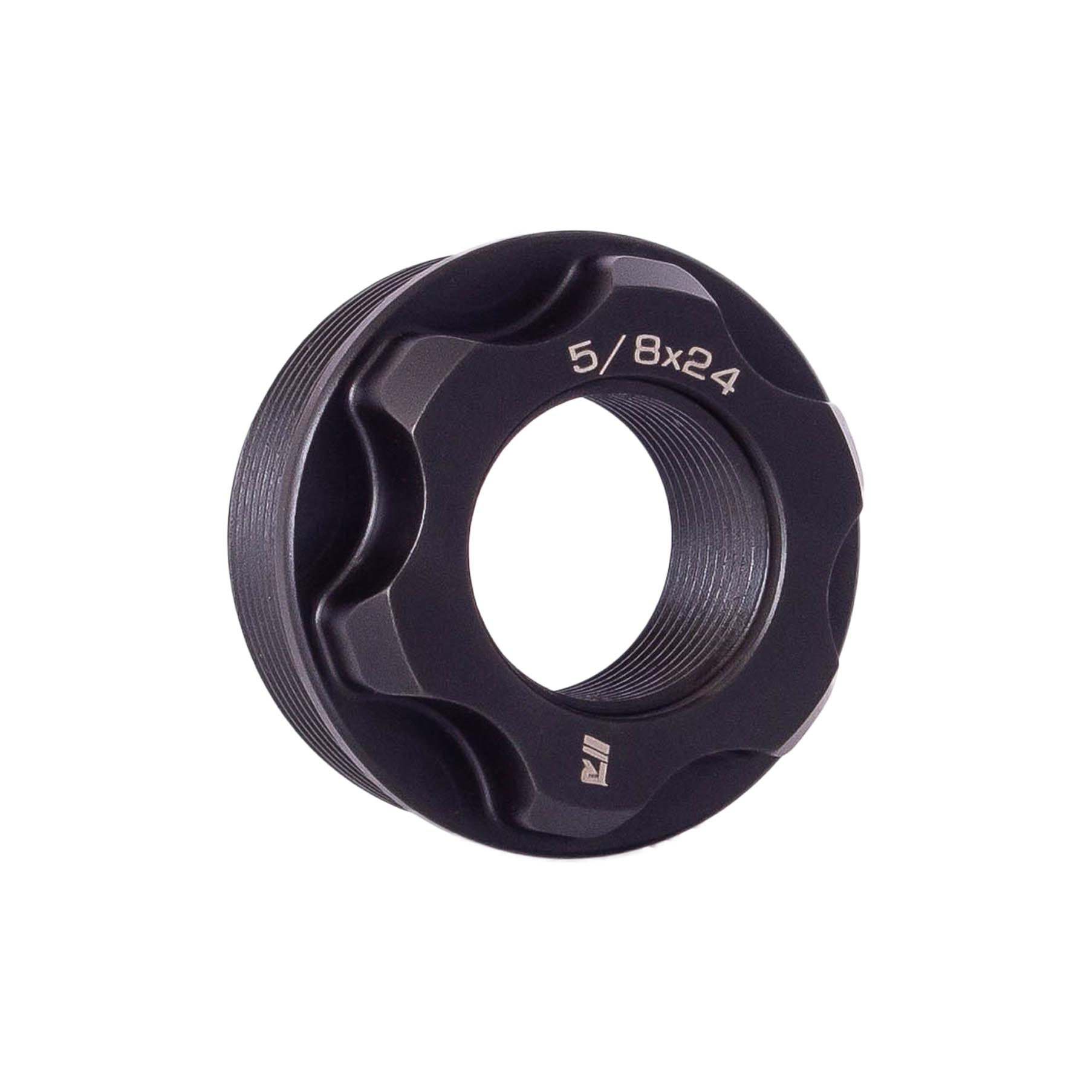Abraham wrote: Wed Nov 14, 2018 11:21 pm
TAM,
Thanks for the link and other info. Very helpful.
Medley,
A nielson device?
Invented by Leslie I assume?
Ok, I kid, I kid.
Never heard of a nielson device, but I'll look it up and thanks.
A Neilson device - also called a Piston - is necessary for suppressing a semiauto pistol....unless the barrel is pinned in place and it’s a straight blow-back design. But virtually all modern commonly carried semiautos, including your Glock, unlock the barrel from the slide before the slide can go into recoil, by causing the chamber end to tilt downward out of battery, and the muzzle to tilt upward, relative to the frame. This action cannot take place if a suppressor is added to the muzzle end without a Neilsen device. Without it, the weight of the suppressor keeps the barrel locked to the slide because the barrel cannot tilt, slide recoil does not happen, the spent case is not ejected, and another round is not loaded. Your pistol becomes a single-shot.
The Piston (easier to type than “Neilson device”) allows the muzzle to tilt up inside the suppressor, without breaking the seal at the rear. Once you actually see one, you’ll understand the mechanics, which are quite simple. If you take my Rugged Obsidian45 suppressor as an example, which I generally keep mounted on a G17, the object with the “sprocket” on its end at the left end of the baffle stack in this picture is the Piston:

The Piston usually has a spring that goes around the outside of it, as in this picture of a 3-lug mount piston. This spring is what allows movement of the barrel inside the suppressor:

Here is the Piston without the spring, which would normally fit like a sleeve around the outside of the piston:

If you want to attach that suppressor to a long gun, you need a fixed spacer to replace the spring, otherwise you risk a baffle strike. I use one when I want to put my pistol suppressor on my Keltec Sub-2000, which takes Glock 17 magazines:

Alternatively, if I were going to use the suppressor exclusively on a pistol caliber carbine instead of a pistol, I’d probably use the fixed mount instead of the combined piston/sleeve:

What’s
VERY important to remember is that, just because I can mount a
PISTOL suppressor onto a carbine by using a fixed spacer, that pistol suppressor in all likelihood will not handle the pressures of a rifle cartridge. My Rugged Obsidian45 will handle full automatic pistol calibers up to .45 ACP
and .300 Blackout subsonics ..... but NOT .300 Blackout
supersonics. (I have no idea if it would handle magnum pistol pressures, such as in a .44 magnum Desert Eagle.)
If you’re buying a pistol suppressor, it will NOT last long on your LE6920, and will blow apart fairly quickly, even though the diameter will accommodate a rifle bullet. If you put a rifle-rated suppressor on your pistol, it has to have large enough pass-through in the baffles and endcaps to handle the pistol bullet diameters. Remember that a .308” (7.62mm) rifle suppressor will not accommodate a .355” (9mm) bullet.
I’m not very familiar with other brands of pistol suppressors, but I assume that most of them offer features very similar to the above. I hope this is helpful to you.





